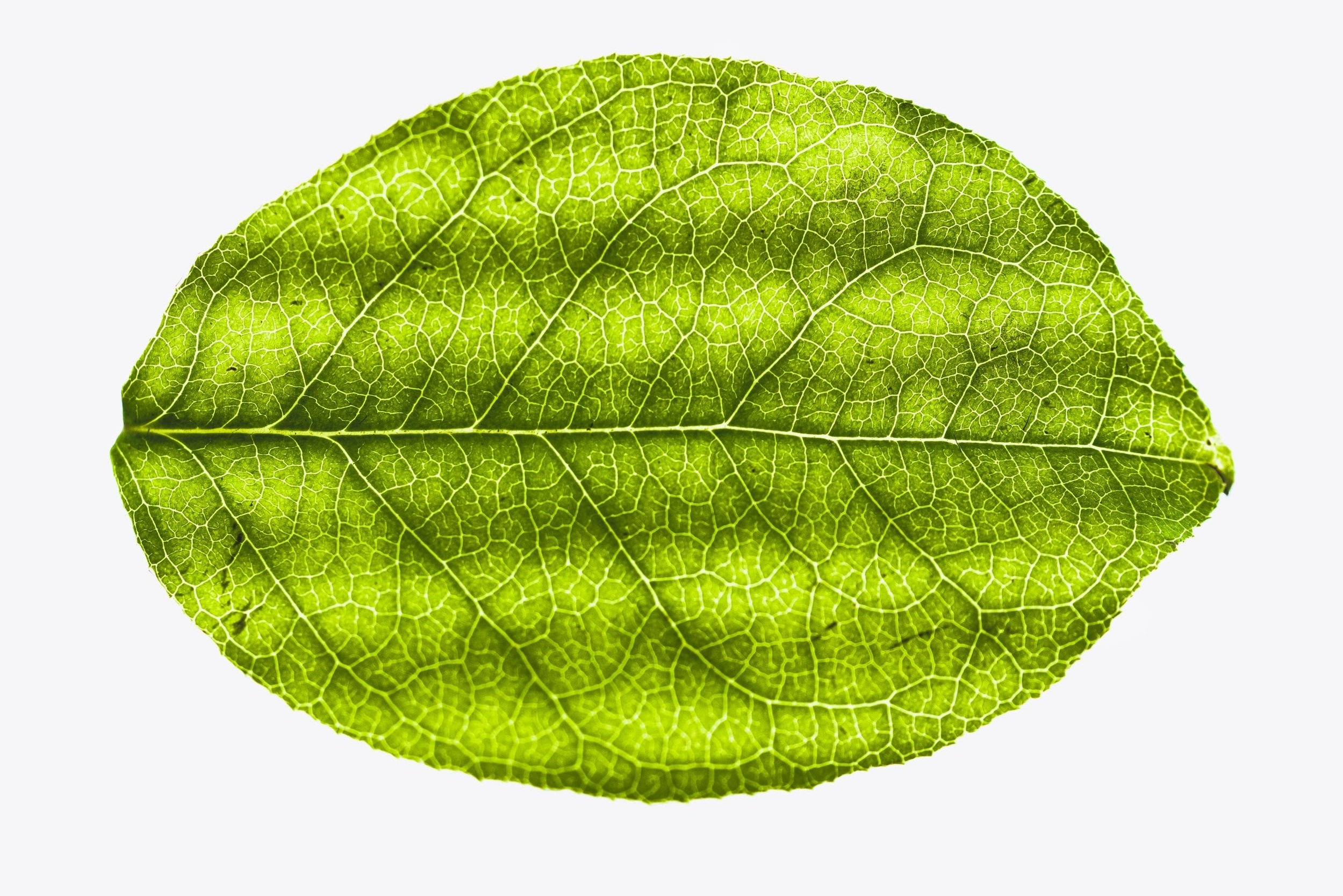Sugar Structures
Sugar comes in many different forms.
Find out the difference between the chairs and boat structures below, by zooming in on how plants use sugar in different ways.
Use the chairs to build cellulose or starch.
Walking around the lake you’ll find out why you should care.
Click here for an audio explanation:
Sugar is the building block for many things in a leaf
In a potato leaf cell: It makes up the cell walls (green) and the starch grains (red).
Sugar in the cell walls is called cellulose.
Here the sugar is used to build a rigid structure.
Cellulose is the most abundant sugar structure in the world.
Cotton and Rayon are two examples of cellulose products.
When sugar is used for structural things, each sugar is linked together in alternating orientations and packed up in rows. This makes it hard to pull the sugars apart from one another.
Sugar in these granules is called starch.
Here the sugar is used for energy storage.
There is a lot of starch in cereals, legumes and root vegetables.
When sugar is used for energy storage, each sugar is linked together in the same orientation and packed in spirals or branching structures. This makes it easier for the cell to break off sugar for energy usage.
Since sugar (glucose) is a 3D object it can bend and twist in all different directions.
Scientists have observed two major configurations of glucose, the chair and the boat.
The chair structure is the most stable.
To link and pack sugar, it must be in the right 3D shape ready to be clicked together, the chair.
Around the pond:
Nature shows us how to design with function and stability in mind.
Chair order for cellulose: top-bottom. bottom-top. top-bottom. bottom-top
Chair order starch: top-bottom. top-bottom. top-bottom. top-bottom
Add branches by connecting a bottom part to the red dot.
-
Provide an interactive relaxing area for the public to take a seat and contemplate sugar structure.
Sugar (Glucose, C6H12O6) exists, in part, as a six membered ring, which in 3D space can exist in multiple structures.
Two such forms are called a “boat” and “chair” where switching between the two constitutes a “ring flip”.
The exhibit will highlight both of the structures while educating the public on what many sugar molecules in the chair conformation put together can create.
-
The boat and chair forms of glucose will be created out of metal rods welded together to form the skeletons.
Four “chair” frames will sit atop a hill looking down towards a “pond”.
The four “chair” frames will have rayon and cotton stretched on them to create workable lawn chairs.
Rayon and cotton are made of cellulose; cellulose is one of the most stable forms of glucose strung together.
The “pond” will be constructed out of a circle of rocks, and filled with mirror foil sheets that will reflect the blue of sky to create the look of water.
Two of the “boat” frames will sit within the pond. Signs around the pond will explain each conformation and what that means energetically as well as which substances consist of glucose put together in chains.
Examples of everyday items made up of these structures will be given as well, to remind the exhibit goer why this relates to them.
-
Idea 1: To create more chairs, that could be distributed through the exhibitions with QR codes on the backs that bring the website page
Consequently, there would be an interactive part, at a designated time, where the entire public would be tasked to work together to make cellulose, or starch from the chairs, in a flashmob style. Each chair would have numbers at all of the joints in order to put together the macro structures correctly.
Rope would act as the glycosidic bonds.
-
Cellulose:
Vanderghem, Caroline & Jacquet, Nicolas & Danthine, Sabine & Blecker, Christophe & Paquot, Michel. (2012). Effect of Physicochemical Characteristics of Cellulosic Substrates on Enzymatic Hydrolysis by Means of a
Multi-Stage Process for Cellobiose Production. Applied biochemistry and biotechnology. 166. 1423-32. 10.1007/s12010-011-9535-1.
Haibo Zhao, Ja Hun Kwak, Z. Conrad Zhang, Heather M. Brown, Bruce W. Arey, Johnathan E. Holladay,Studying cellulose fiber structure by SEM, XRD, NMR and acid hydrolysis,
Carbohydrate Polymers. Volume 68, Issue 2. 2007,Pages 235-241.
Starch:
Zhou, Kequan (2013). Biochemistry of Foods || Cereals and Legumes. , (), 3–48. doi:10.1016/B978-0-08-091809-9.00001-7
Ellis, R.P., Cochrane, M.P., Dale, M.F.B., Duffus, C.M., Lynn, A., Morrison, I.M., et al., 1998. Starch production and industrial use. J. Sci. Food Agric. 77, 289-311.
Starch grains inside potato cells using SEM, Profimedia.com
Starch grains (red) inside of potato cells, Microbehunter.com
Differences:
https://coredifferences.com/difference-between-cellulose-starch-and-glycogen/
Materials:
https://www.amazon.com/VIVOSUN-Horticulture-Highly-Reflective-Mylar/dp/B018VI75CS/ref=asc_df_B018VI75CS/?tag=hyprod-20&linkCode=df0&hvadid=198092200243&hvpos=&hvnetw=g&hvrand=
1440002550493461868&hvpone=&hvptwo=&hvqmt=&hvdev=c&hvdvcmdl=&hvlocint=&hvlocphy=9073437&hvtargid=pla-348556453900&psc=1
Images:
https://render.fineartamerica.com/images/rendered/share/35315904&domainId=12
https://www.researchgate.net/figure/SEM-of-cellulose-and-nanocellulose_fig2_342525917
https://www.researchgate.net/figure/SEM-images-of-native-and-sonicated-corn-starch-Left-and-right-panels-correspond-to-2000A_fig2_317140039
https://www.azonano.com/article.aspx?ArticleID=3139
https://www.google.com/search?q=cellulose+vs+starch&rlz=1C5CHFA_enUS854US854&sxsrf=ALiCzsZiqGCQVlq5nRur-Em8XvRDObFBfA:1658198112328&source=lnms&tbm=isch&sa=X&ved=2ahUKEwim9s6r9YP5AhVnq4kEHWzuDV8Q_AUoAXoECAEQAw&biw=1258&bih=395&dpr=2#imgrc=R-50bSwhzwnRqM
https://ib.bioninja.com.au/standard-level/topic-2-molecular-biology/23-carbohydrates-and-lipids/sugar-polymers.html
https://www.sciencedirect.com/science/article/abs/pii/S0144861706006205?via%3Dihub
https://www.osti.gov/biblio/903251-studying-cellulose-fiber-structure-sem-xrd-nmr-acid-hydrolysis








